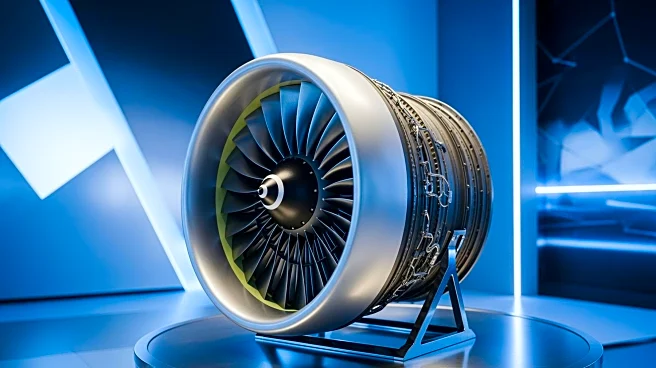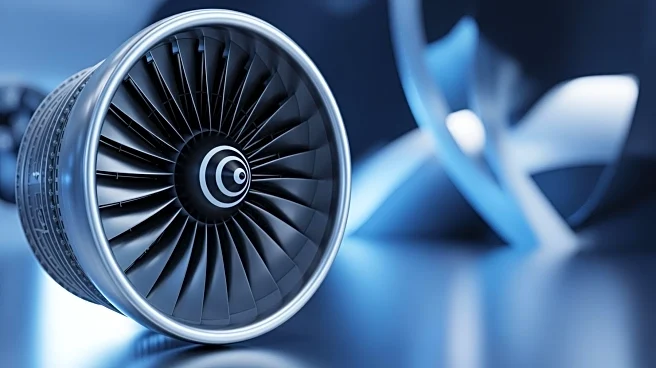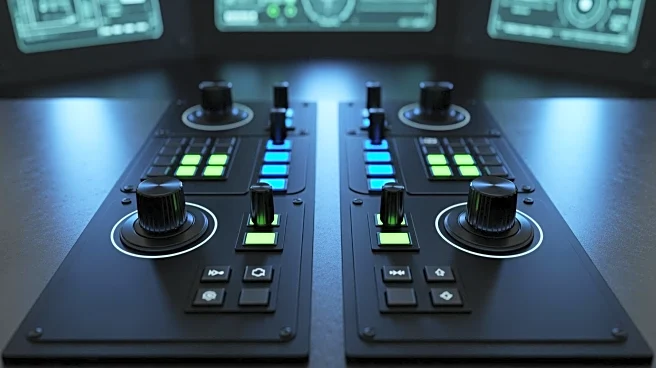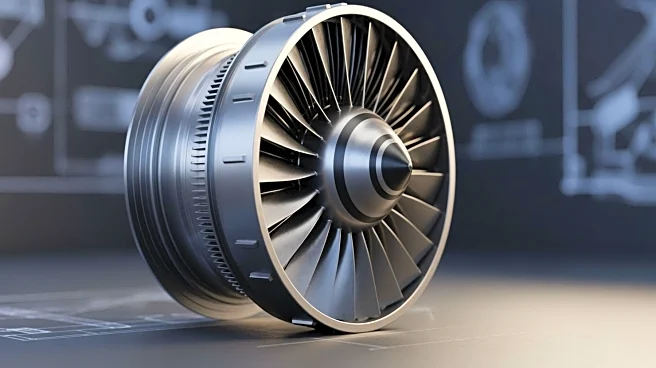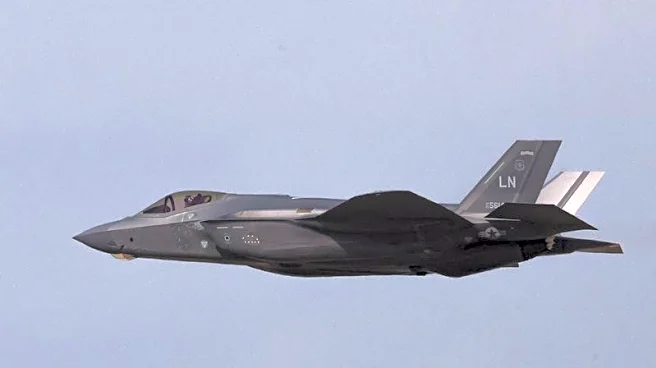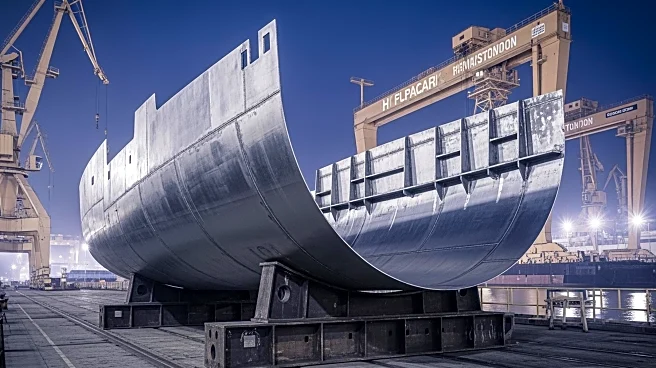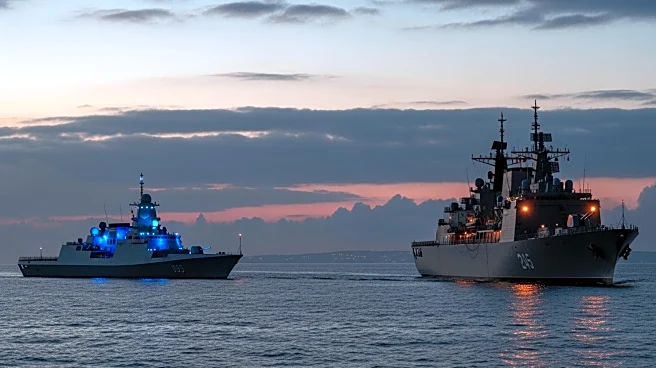What's Happening?
Hanwha, a South Korean defense company, is developing a turbofan engine that may be used to re-engine the Lockheed Martin Vectis, a collaborative combat aircraft designed by Skunk Works. The Vectis is set
to fly in 2027, initially powered by a Williams International FJ44-4A turbofan. Lockheed is exploring alternatives with greater production availability and designs tailored for uncrewed aircraft systems and CCAs. Hanwha's HAF4500 engine, offering 4,000-4,500 lb.-thrust and 100 kW of electrical output, is a candidate for this purpose. The engine could potentially increase the Vectis's speed beyond its current Mach 0.8-0.85. Lockheed is in discussions with 15 countries interested in purchasing the Vectis, with South Korea and Poland leading these talks.
Why It's Important?
The consideration of Hanwha's engine for the Vectis reflects Lockheed Martin's strategic efforts to enhance the capabilities and market appeal of its combat aircraft. By potentially increasing the speed and performance of the Vectis, Lockheed aims to attract more international buyers and strengthen its position in the competitive defense market. The collaboration with Hanwha also underscores the importance of international partnerships in advancing military technology and addressing production challenges.
What's Next?
Lockheed Martin will continue evaluating the Hanwha engine's suitability for the Vectis, considering factors such as performance, availability, and cost. If successful, this partnership could lead to further collaborations between Lockheed and Hanwha, potentially expanding to other defense projects. The discussions with interested countries may result in new contracts and increased sales for Lockheed's combat aircraft.
Beyond the Headlines
The potential re-engineering of the Vectis with Hanwha's engine highlights the evolving landscape of military aviation, where speed and technological advancements are crucial for maintaining competitive advantage. This development may influence other defense companies to explore similar partnerships and innovations to meet the growing demand for advanced combat aircraft.
